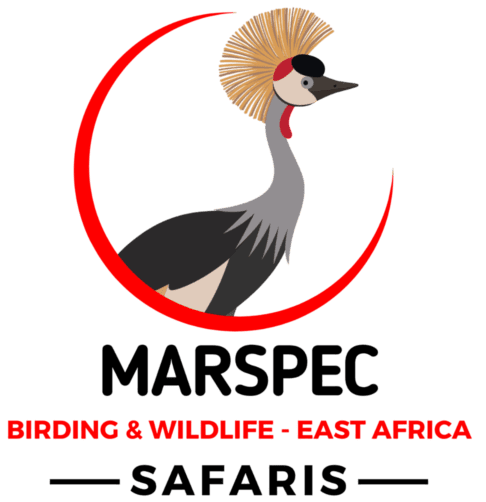15 Days Tanzania Birds Photography Safari
This 15-day Tanzania birds photography safari is tailored for dedicated birders and photographers seeking exceptional avian encounters in diverse habitats. Expect stunning shots of unique species and iconic landscapes across Tanzania’s premier birding destinations.
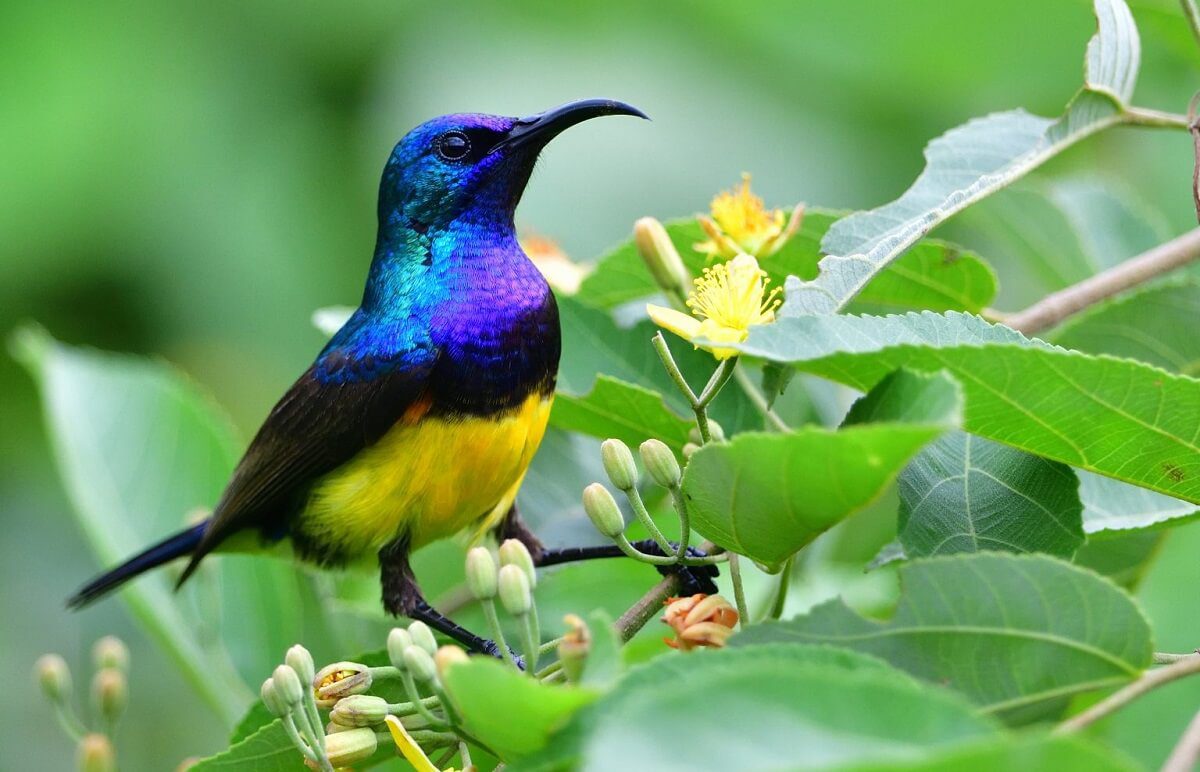
Day 1: Arrival in Tanzania
Our Tanzania bird’s photography safari will start with your arrival at Kilimanjaro International Airport. You will then be transferred to your hotel in Arusha. Arusha offers a gentle introduction to Tanzanian birdlife, with species like the Hartlaub’s Turaco, Variable Sunbird, and African Grey Hornbill often seen in the lush gardens and surrounding areas. This day is primarily for rest and preparation, allowing you to acclimatize. You will spend the night in Arusha.
Day 2 & 3: Same and Mkomazi National Park
On day two, after breakfast, we travel to Same, the gateway to Mkomazi National Park. This park is a haven for dry-country species and is home to over 450 bird species. The unique habitats of Mkomazi, including riverine woodlands, rocky outcrops, seasonal wetlands, and grasslands, provide diverse photographic opportunities.
Expect to find species like the Vulturine Guineafowl, Somali Bunting, Violet-backed Starling, the endemic Friedmann’s Lark, White-headed Mousebird, the impressive Martial Eagle, and the Eastern Chanting Goshawk. The park’s rocky outcrops also attract species such as the Short-tailed Lark and Hunter’s Sunbird.
We will spend two days here exploring the park and capturing the beauty of these specialized birds and the stunning landscapes.
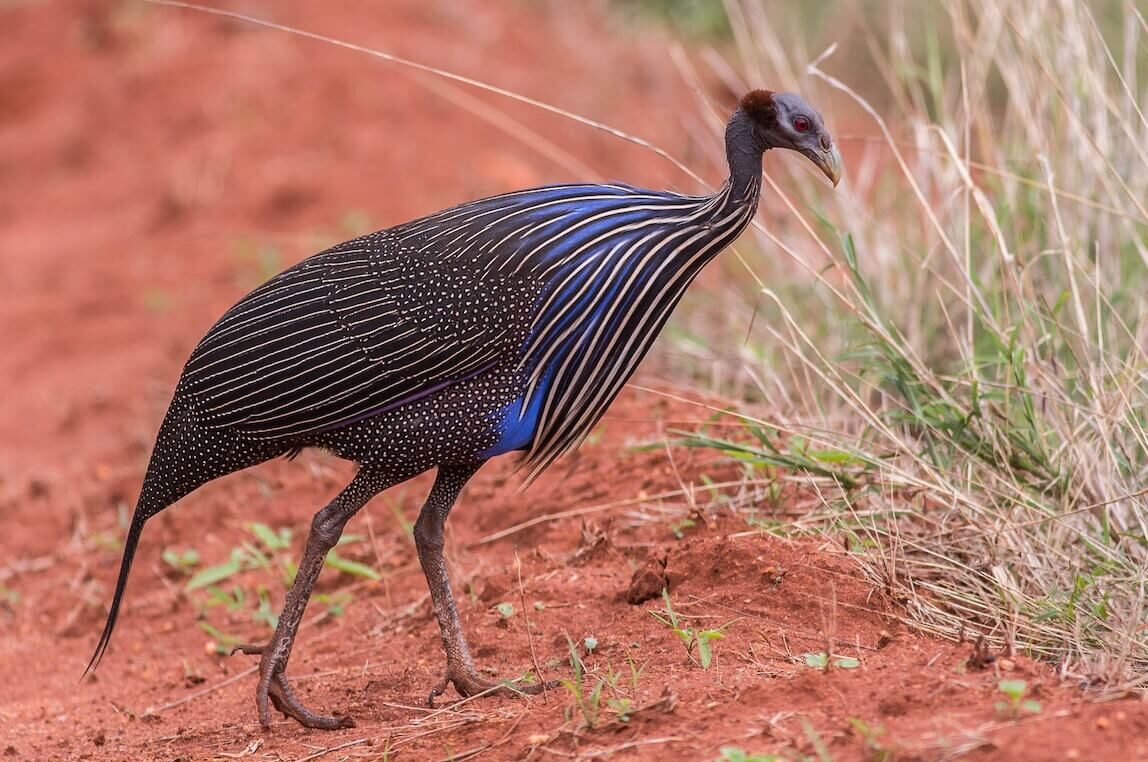
Day 3: Lake Mburo Birding – Transfer to Mgahinga Gorilla National Park
On this day, we will start our Albertine Endemics Uganda Birdwatching Tour with a boat ride on the beautiful Lake Mburo in search of more Albertine Endemics. This park is home to over 350 bird species, and you are likely to spot species like Southern Red Bishop, Trilling Cisticola, Senegal Lapwing, Tabora Cisticola, Red-faced, Crested, and Black Collared Barbets, Elusive Finfoot, White Winged Swamp Warbler, and many more.
In the evening you will be transferred to Mgahinga Gorilla National Park and spend the night there.
Day 4: Mkomazi National Park to Arusha
After breakfast, we will enjoy a final morning birding session in Mkomazi, focusing on any species we might have missed. After lunch, we begin our drive back to Arusha. The route offers sightings of roadside species like the Black-shouldered Kite, Abyssinian Scimitarbill, and various sunbirds. The transition from arid lands to the greener highlands of Arusha provides a chance to spot montane forest birds such as the African Paradise Flycatcher and Various Sunbirds. Upon arrival in Arusha, relax at your lodge and prepare for the next Tanzania birds photography safari.
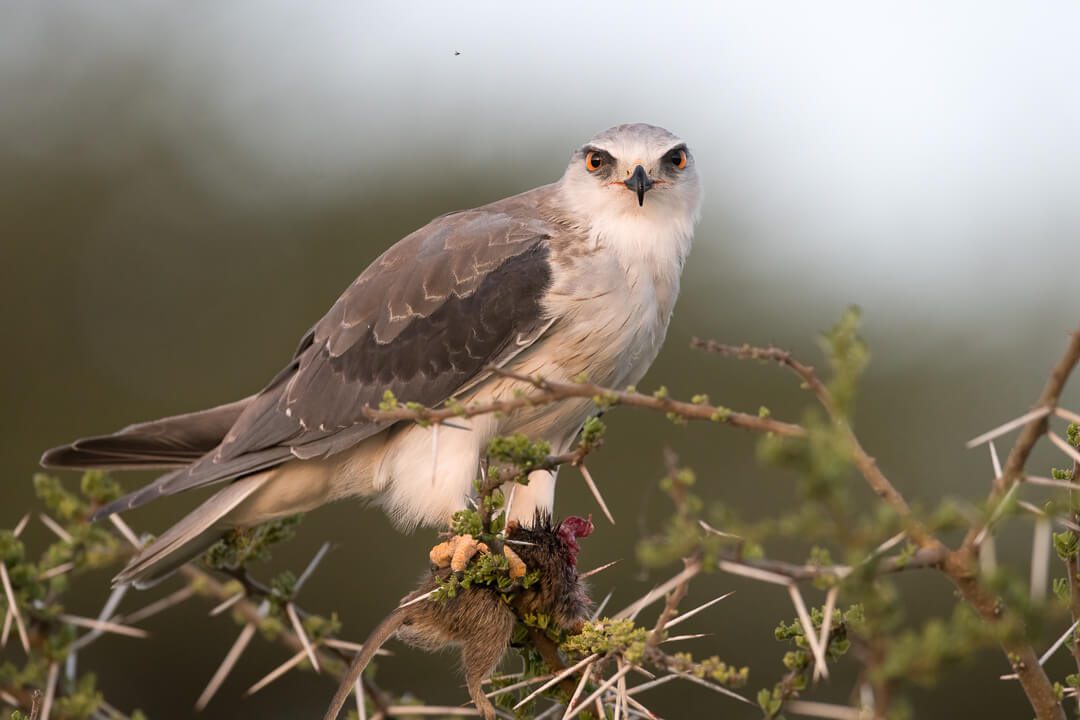
Days 5, 6 & 7: Tarangire National Park
On this day, we leave early and drive to Tarangire National Park, famous for its large elephant herds and diverse birdlife, boasting over 500 bird species. The swampy lowlands, riverine forests, and acacia woodlands support many species. Look for the Yellow-collared Lovebird, the endemic Ashy Starling, the rare Rufous-tailed Weaver, the Northern White-crowned Shrike, the Northern Red-billed Hornbill, and the African Pygmy Kingfisher. The park’s impressive baobab trees provide excellent perches for raptors. We will Spend three days exploring Tarangire, capturing the beauty of its birds and the iconic landscapes. Nights will be spent in Tarangire.
Day 8: Lake Manyara to Ngorongoro Crater
We shall leave early for Lake Manyara National Park, known for its alkaline lake, acacia woodlands, and groundwater forests. The park is a hotspot for over 400 bird species, including a variety of waterbirds, like Lesser flamingos, White pelicans, and storks. The groundwater forest is home to the Crowned Eagle, the elusive African Finfoot, the Blue-cheeked Bee-eater, the Narina Trogon, and various colorful smaller birds.
In the afternoon,
After an immersive birding session, we drive up the escarpment to the Ngorongoro Conservation Area, enjoying scenic views and diverse montane species like the Schalow’s Turaco and Cinnamon-chested Bee-eater. We will enjoy bird photography in the forest, crater rim, and our lodge surroundings in the evening. We will spend the night in Ngorongoro and prepare for the next day’s descent into the crater.
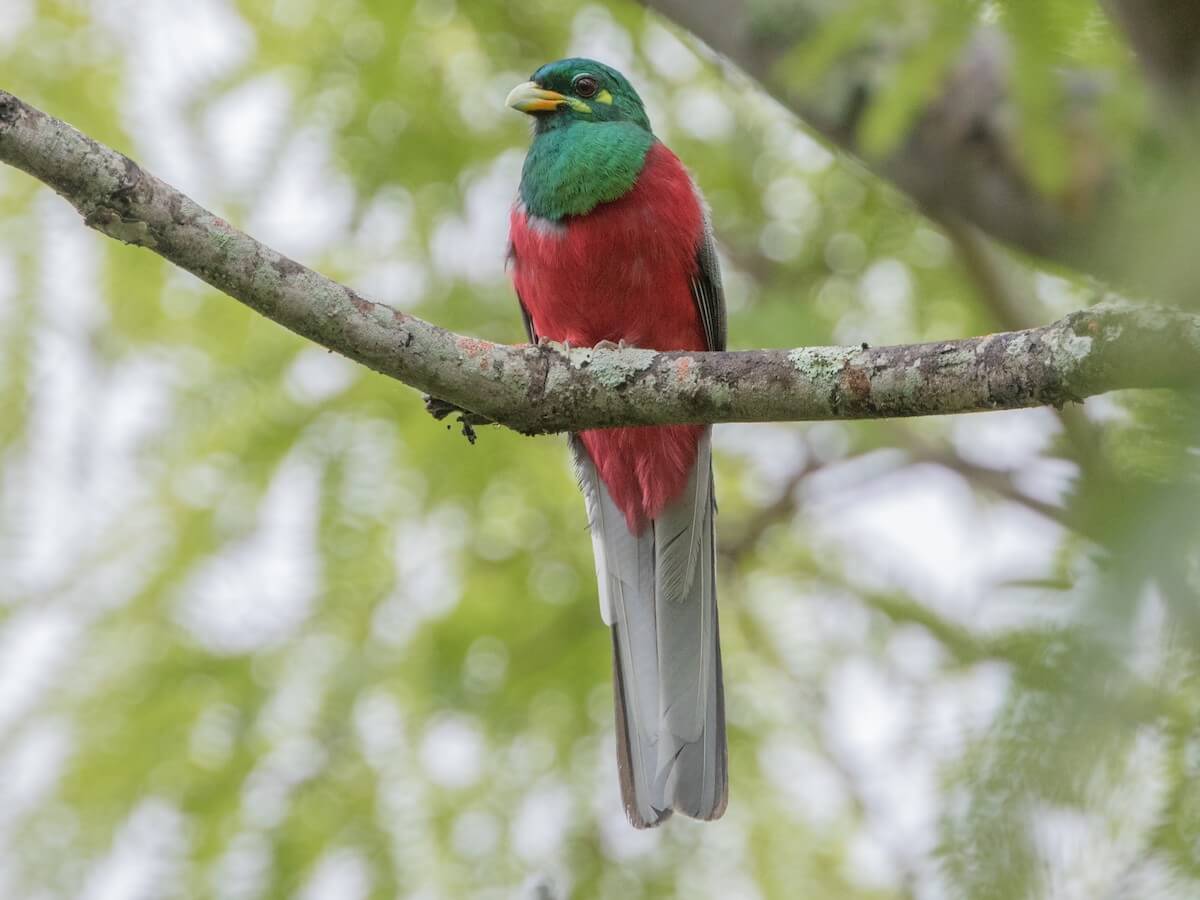
Day 9: Ngorongoro Crater
On this day, our Tanzania birds photography safari continues as we descend into the magnificent Ngorongoro Crater floor, a UNESCO World Heritage Site with over 500 recorded species. The crater’s diverse habitats, including grasslands, swamps, and forests, support a rich avifauna. Watch for Kori Bustards, Secretary Birds, Schalow’s Turaco, Fischer’s Lovebird, and Grey Crowned Cranes striding through the plains. The freshwater streams attract ducks, herons, and waders. The crater’s high concentration of wildlife also provides excellent opportunities for raptor photography, such as the Augur Buzzard and Long-crested Eagle, which soar above. The crater’s Lerai Forest is an excellent spot for African Green Pigeons and Lemon Doves. You will spend the night in Ngorongoro.
Day 10 & 11: Ndutu Plains and Lake Ndutu
On this day, we will leave Ngorongoro early and drive to the Ndutu Plains in the Ngorongoro Conservation Area. Ndutu Plains offers a mix of woodland, grassland, and alkaline lakes, attracting over 350 bird species. This is a prime location for migratory and resident birds, including the Fischer’s Lovebird, Spotted Thick-knee, and Rufous-tailed Weaver.
The next day, we visit Lake Ndutu, a seasonal water body that hosts thousands of flamingos and shorebirds like the Ruff and Black-winged Stilt. The surrounding acacia woodlands and plains provide excellent chances to see the African Scops Owl, Bare-faced Go-away-bird, species like the Grey-breasted Spurfowl, and the impressive Kori Bustard. The short grass plains are also home to numerous larks and pipits.
The two nights will be spent in Ndutu.
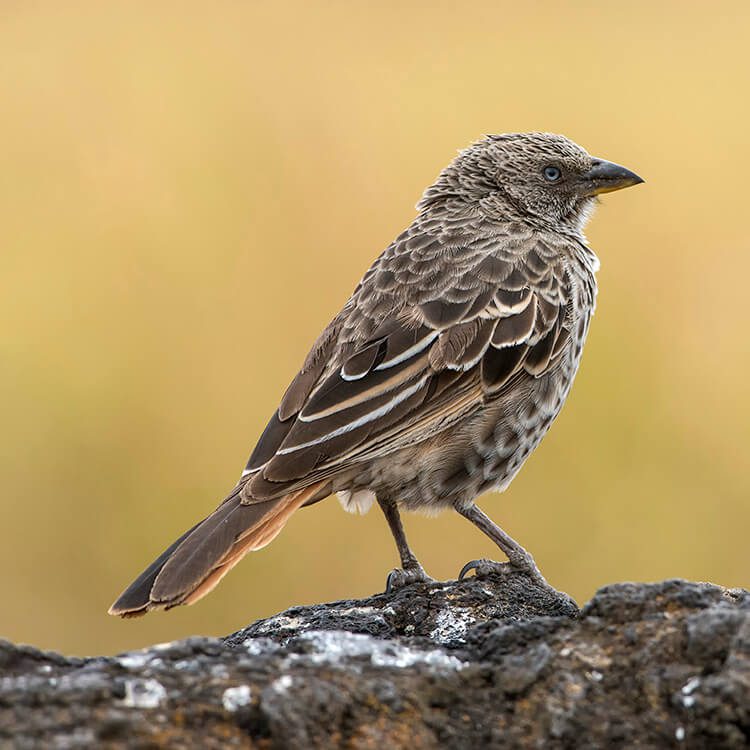
Day 12, 13 & 14: Serengeti National Park
We will leave Ndutu plains and head to Serengeti National Park for three days of mega Tanzania bird photography. We will explore the vast park, renowned for its incredible wildlife and birdlife. Its diverse habitats, including grasslands, woodlands, rocky kopjes, and riverine forests, support a wide range of species and are home to over 500 bird species.
Key highlights include the endemic Grey-breasted Spurfowl, the striking Secretary Bird, the colorful Lilac-breasted Roller, Fischer’s Lovebird, Grey-breasted spurfowl, and various Vultures like the Bateleur and Lappet-faced Vulture, and the numerous raptors that soar over the plains.
The Serengeti’s wide-open spaces and abundant wildlife offer exceptional photographic opportunities. Search also for the Grey-breasted spurfowl, and along the Seronera River, you may encounter African Fish Eagles and Yellow-billed Storks. The nocturnal action offers a chance to see owls and nightjars, including the Spotted Eagle-Owl and Square-tailed Nightjar.
The three nights will be spent in Serengeti.
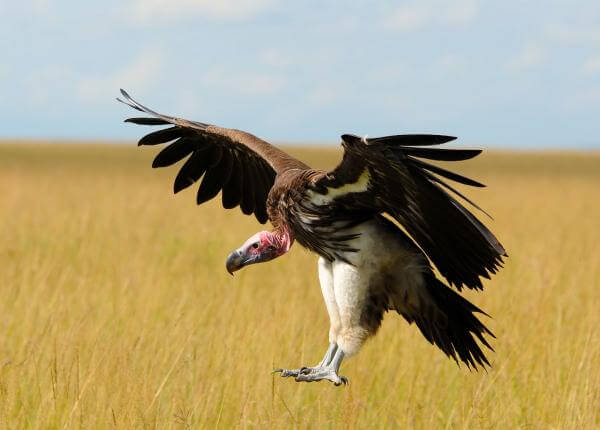
Day 15: Serengeti National Park to Arusha
We will enjoy a final morning birding session in the Serengeti on this day, capturing any last-minute shots. The Serengeti’s open plains may offer the last glimpses of bustards and lapwings. After breakfast, we drive back to Arusha, stopping for extra birds we spot on our way.
In the afternoon, we will do an airport transfer for our flights home, marking the end of our fantastic Tanzania bird’s photography safari.
Other Wildlife Highlights
Tanzania birds photography safari invariably offers spectacular encounters with a diverse array of other wildlife. Expect to witness many reptiles and the iconic “Big Five” – lions, leopards, elephants, buffalo, and rhinoceros – in their natural habitats. The vast plains of the Serengeti and Ndutu teem with wildebeest, zebras, and gazelles, especially during the Great Migration. You’ll also encounter giraffes gracefully browsing acacia trees, hippos wallowing in river pools, and various primates, including baboons and monkeys. The Ngorongoro Crater, in particular, provides a unique opportunity to observe a high concentration of diverse wildlife within its caldera. These mammalian encounters will add a thrilling dimension to your bird photography adventure, providing ample opportunities for breathtaking wildlife shots.
